Far more Dangerous than Coronavirus: Between 1918 and 1920, flu spread throughout the world—the flu infected one-third of the world’s population. By the time it was over, two to five crore people had been killed by it.
What was the world like to recover from this epidemic? Does it have clues about what the world will be like after the Coronavirus? You may not have heard of the Spanish flu epidemic yet.
However, looking at the outcry of the current Coronavirus, you may be curious to know about a dangerous virus that spread in the early 20th century.
It is often called the ‘Mother of all Pandemics.’ Because of this, between 2 crore and five crore people died in just two years (1918-1920).
Scientists and historians believe that at that time, the world population was 1.8 billion, and one-third of the population was in the grip of infection.
Then the first world war was over. However, the number of people who died due to this epidemic had crossed the death toll in the First World War.
At a time when the world is grappling with the COVID-19 crisis, we took a look at the last major epidemic and tried to know how the situation was in the world at that time and what changed in the face of the world after the passing of this epidemic. Were?
Far more Dangerous than Coronavirus: forgotten lessons of the Deadliest pandemic
1921, a changed world
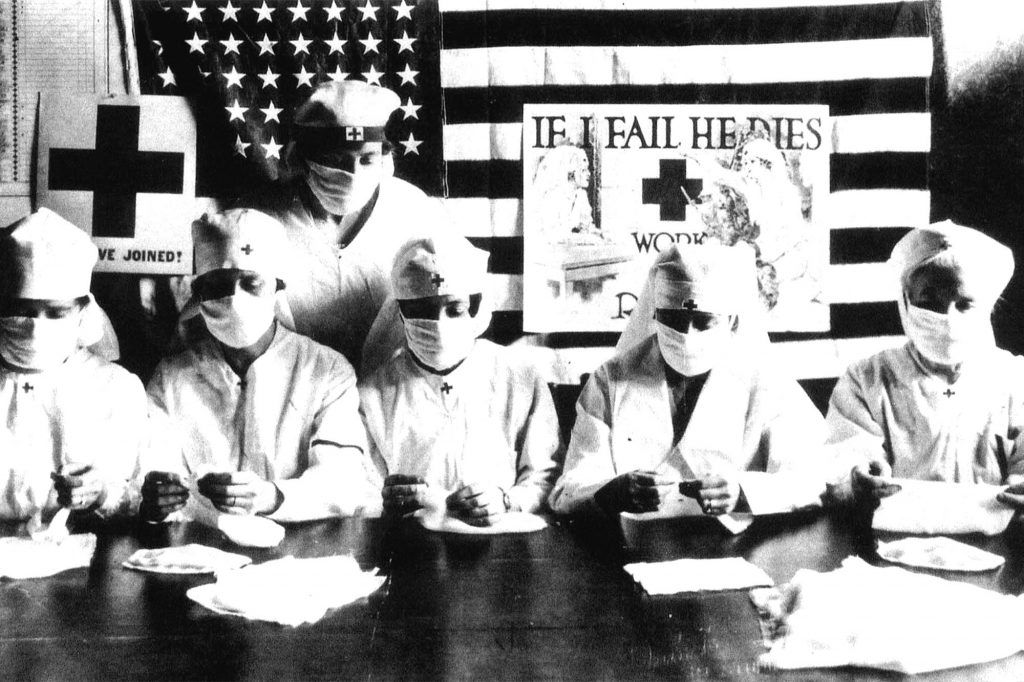
Indeed, a lot has changed in the last 100 years.
Compared to today’s times, medicines and science were minimal at that time to face any disease.
Doctors came to know that there is a micro-organism behind the Spanish flu. They also knew that this disease could spread from one person to another. But, they were then assuming that the cause of this epidemic is not a virus but bacteria.
During that time, treatment was also limited. For example, the world’s first antibiotic was discovered in 1928. The first flu vaccine became available to the public in the 1940s.
At that time, the system of treatment for everyone was not possible. Public sanitation was a luxury, even in rich countries.
Laura Spinney, a science writer and author of Pell Rider: The Spanish Flu of 1918 and How It Changed the World, states, ‘Most doctors in industrialized countries either worked for themselves or received money from charities or religious institutions. Most people did not have the facility to get treatment.
Far more Dangerous than Coronavirus: Young and poor become more victims
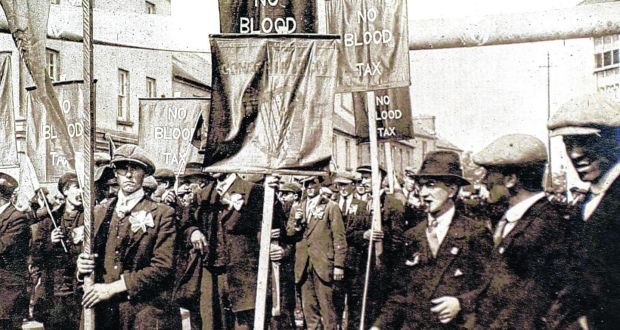
The Spanish flu attacked in a way not seen in any previous epidemic. For example, before the outbreak that spread in 1889–90, more than 1 million people were killed all over the world, but its scope was not like the Spanish flu.
Most of those who died in Spanish flu were 20 to 40 years old. Also, it had more impact on men. The reason for this is that the disease started from the army camps of the Western Front and spread with the soldiers returning from the First World War.
Far more Dangerous than Coronavirus: This pandemic hit developing countries more
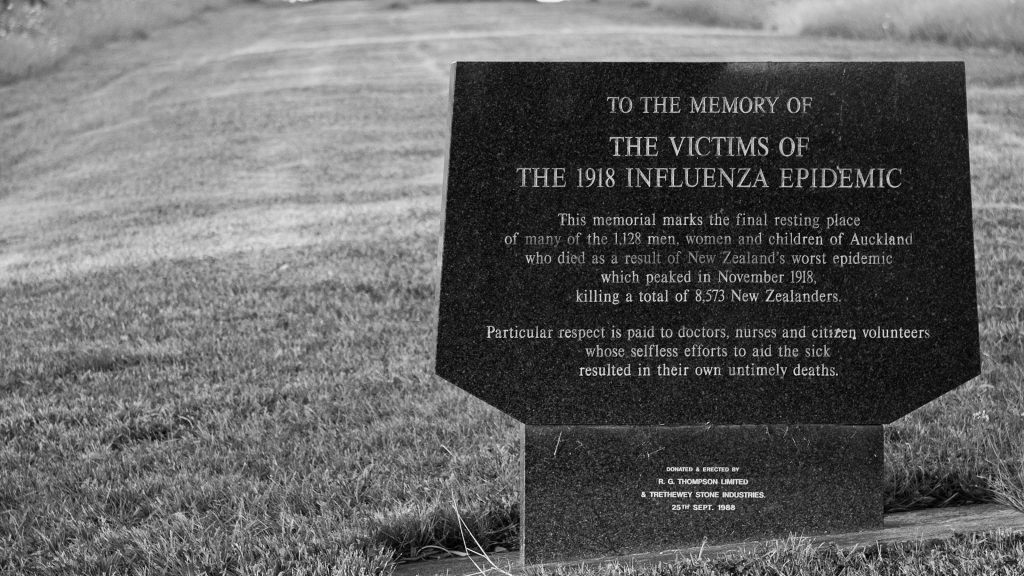
In a 2020 study, researcher Frank Barrow of Harvard University estimated that about 0.5 percent of the American population died of the disease at the time. This number sits at around 5,50,000.
On the other hand, the number of people who died of Spanish flu in India was 5.2 percent of the population of about 17 million people.
Katherine Arnold, the author of the book Pandemic 1918, states, “The First World War and the Spanish Flu created an economic tragedy.”
Arnold’s grandparents succumbed to the flu in the UK.
She says, “In many countries, there was no young man left to take up the responsibility of running a household, a farmer, a businessman.
The youth were not left to compensate the dead by marrying and bearing children. Millions of such youth were finished.
According to Arnold, “In the absence of qualified people, the problem of women left alone has arisen. Millions of women had no partner.
Women had to work
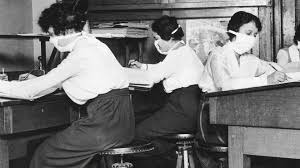
However, the Spanish flu pandemic did not produce any significant social changes. Earlier in the 14th century, feudalism was abolished due to the Black Plague, and a significant social change was seen from it.
However, the Spanish flu had deteriorated the gender balance in many countries. Christine Blackburn, a researcher at Texas A&M University, says the labor shortage in the US forced women to work.
According to Blackburn, ‘the flu and the First World War had created a labor crisis. This opened the way for women to work. ‘
She explains, “By 1920, the share of women in all the employees of the country had increased to 21 percent.”
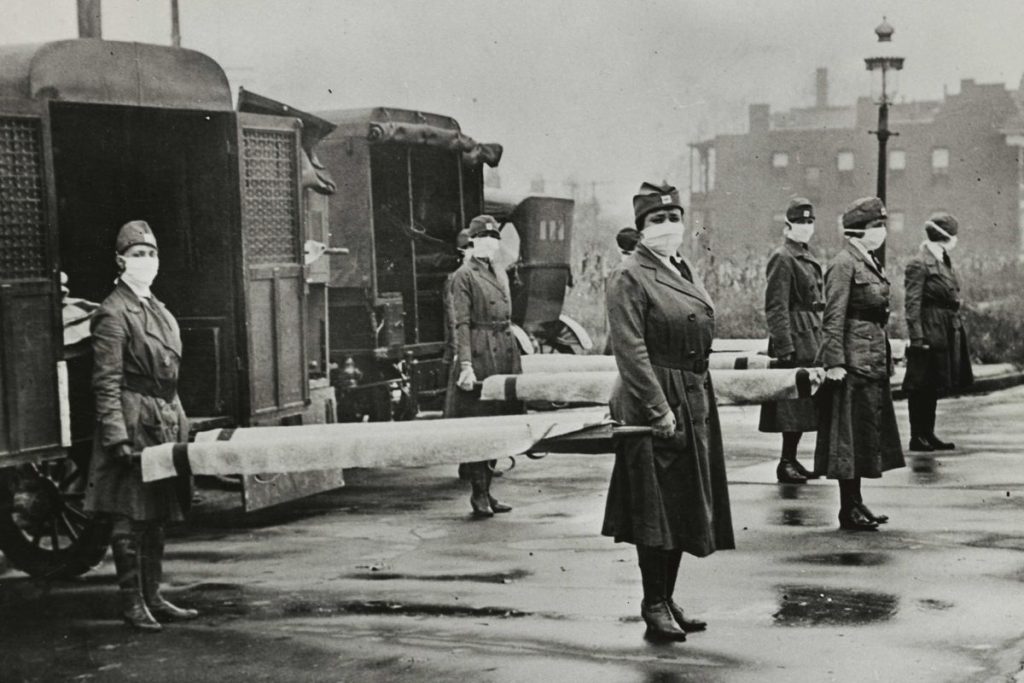
The same year, Congress made the 19th amendment to the Constitution, and through this, American women got the right to vote.
Blackburn says, “There is evidence that the 1918 flu affected women’s rights in many countries.”
Also, due to the shortage of laborers, workers got the benefit of an increase in salary.
Government figures in the US show that in 1915, wages in the manufacturing sector were 21 cents per hour, which increased to 56 cents in 1920.
Scientists have also done research on children born during the Spanish flu to find out if they are more likely to have heart diseases than children born before or after the epidemic.
Far more Dangerous than Coronavirus: Children were also affected
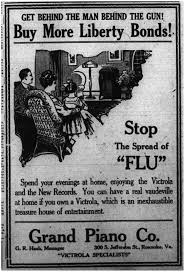
Analyzes from the UK and Brazil show that children born during 1918–19 were less likely to be formally employed or to attend college.
Some theories also say that the stress caused to women during the epidemic had an impact on the development of the fetus inside them.
An analysis of the data of people born in the United States from 1915 to 1922 in the Army shows that the ‘Class of 1919’ was 1 mm smaller than the rest.
Opposing colonialism and international cooperation

By 1918, almost a century had passed since India became a British colony. Spanish flu arrived in India in May of the same year. In India, it hurt the Indian population more than the British citizens.
Statistics show that the death rate of lower castes among Hindus reached a level of 61.6 for every 1,000 people. Whereas for Europeans, it was less than 9 per thousand.
Indian nationalists held the opinion that the British rulers had introduced mismanagement during this crisis.
In 1919, in a version of ‘Young India,’ the British authorities were criticized with full vigor. Mahatma Gandhi used to publish Young India.
It was written in its editorial, “In any civilized country, there was not so much negligence during such a terrible and devastating epidemic as the Government of India has shown.”
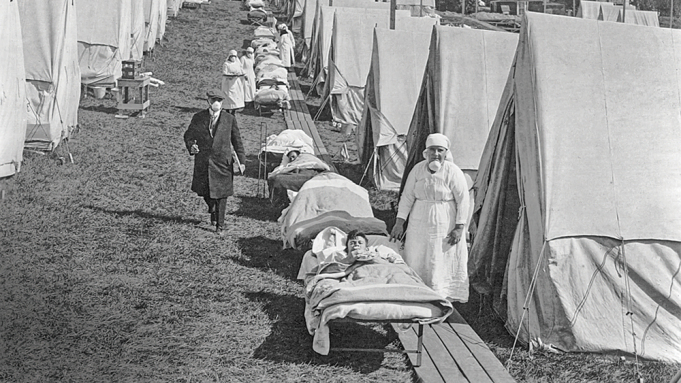
Far more Dangerous than Coronavirus: Although the world was still facing hostility to each other in the wake of the First World War, this epidemic also emphasized the importance of international cooperation.
In 1923, the League of Nations launched the Health Organization. The League of Nations was a multilateral institution formed before the UN.
The Health Organization was a professional agency that created a new international epidemic control system.
Medical professionals, rather than diplomats, ran it. This office was like the International Diabetes Public. The foundation of the World Health Organization was laid in 1948.
Progress in public health
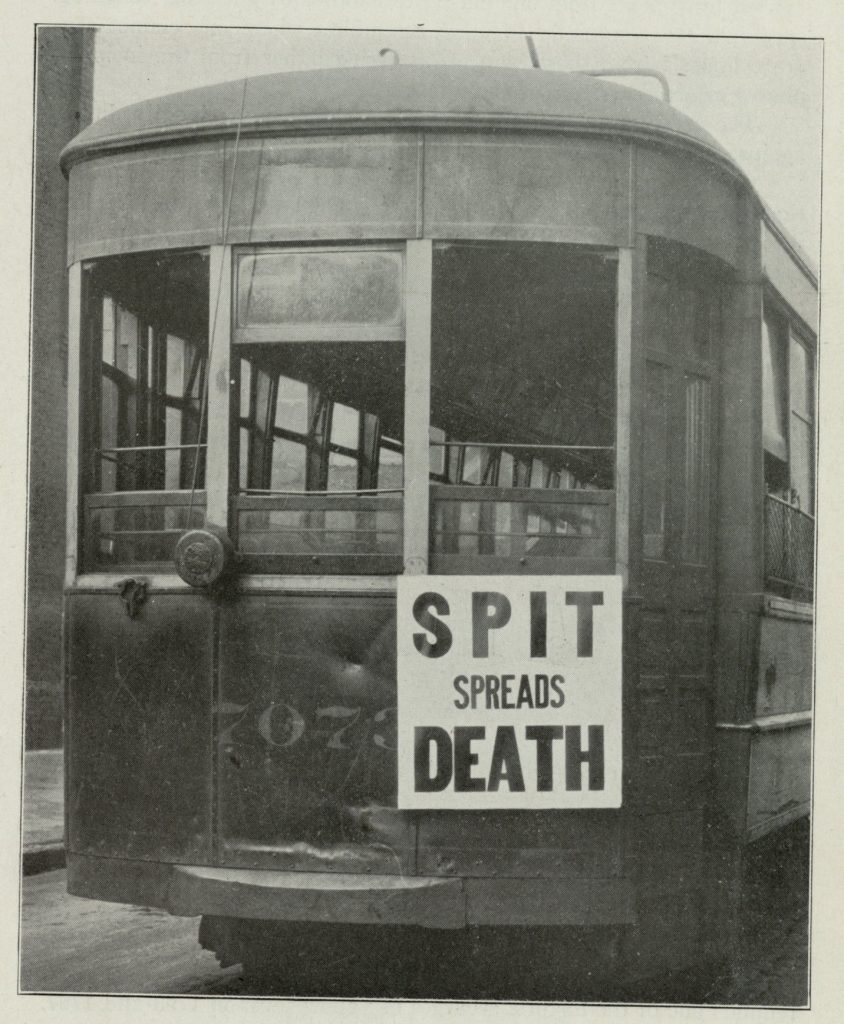
The damage caused by the epidemic prompted an increase in public health. In particular, socialized medicine developed through it. In 1920, Russia became the first country to have a fully public and centralized health system. Other countries also moved in this direction.
Laura Spinney writes, “Many countries either created health ministries in the 1920s or made radical changes in them.”
She says, ‘This was a direct result of the Spanish flu pandemic. During this time, public health leaders were either excluded from cabinet meetings, or were limited to pleading with other departments for money and powers.
Anthropologist Jennifer Cole of Royal Holloway University, London, argues that the combination of the epidemic and the First World War sowed the seeds of the concept of a welfare state in many parts of the world.
She says, “The welfare measures of the state were seen in this context. You had a large number of widows, orphans, and disabled people.
A ray of light has also been seen in society due to epidemics. Only through such incidents, is a fair and non-discriminatory society is born.
Lockdown and the social distance still worked
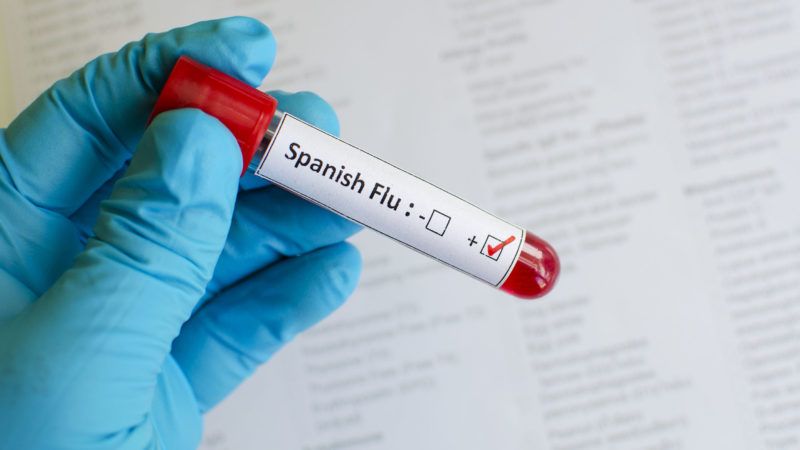
This is a famous story of two cities. In September 1918, the American city was organizing a war to promote war bonds. The money was being raised for the ongoing war before the sale of these bonds.
When Spanish flu cases started coming up, two of these cities adopted two completely different measures. While Philadelphia continued its plans, St. Louis announced the cancellation of the event.
A month later, 10,000 people died of the disease in Philadelphia. On the other hand, the death toll in St. Louis was less than 700
Also, in 1918 a team of American economists studied the measures for lockdown. He found that in cities that had taken strict measures, the pace of economic recovery after the epidemic was faster.
Far more Dangerous than Coronavirus: Didn’t we learn from the Spanish flu?
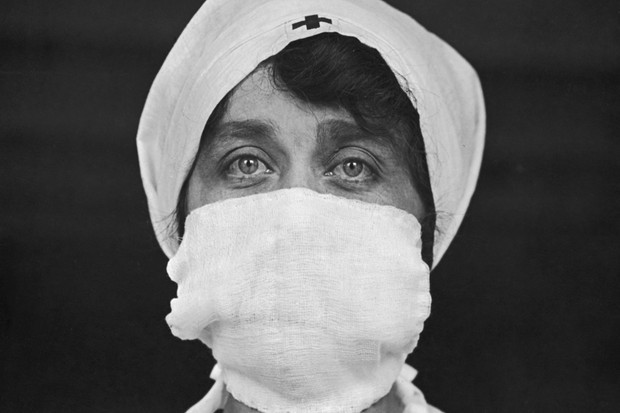
Lessons from the Spanish flu have been forgotten in many ways. In the shadow of the First World War, it did not come much in the general discussion.
One reason for this was that many governments had imposed restrictions on media reporting during the war.
Not being covered well, this epidemic did not become a part of history books and popular culture.
Medical historian Mark Honigsbom writes, ‘The Spanish flu epidemic was a centenary in 2018.
Compared to AIDS, you will not be able to mention Spanish flu anywhere. Elsewhere, the graves of the then doctors and nurses were not honored, or tribute ceremonies were organized for them.
Far more Dangerous than Coronavirus: He says, “Neither will you find novels, songs, or words referring to the 1918 epidemic.”
However, there are some exceptions. One of them is a Spanish flu self-portrait of Edward Munch. The stage was prepared by the Norwegian stage when he was battling the disease.
The then, Brazilian President Rodriguez Alvez died of Spanish flu. Honigsbom also states that the 1924 edition of Encyclopedia Britannica does not even mention the epidemic in the most eventful year of the 20th century. He says that this epidemic was first mentioned in history books in about 1968.
COVID-19 has definitely revived people’s minds.

Subscribe to Email Updates :





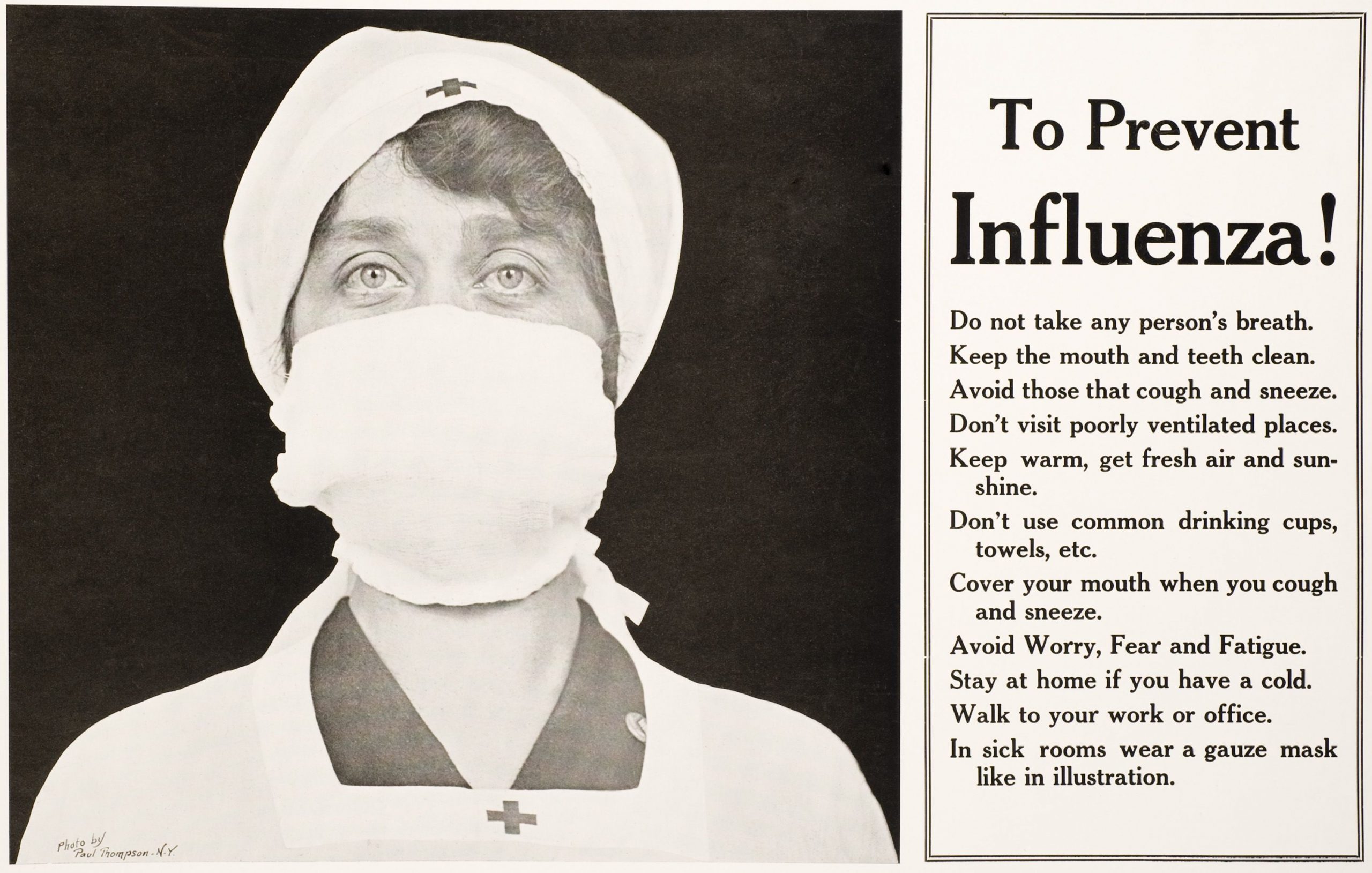

Add Comment